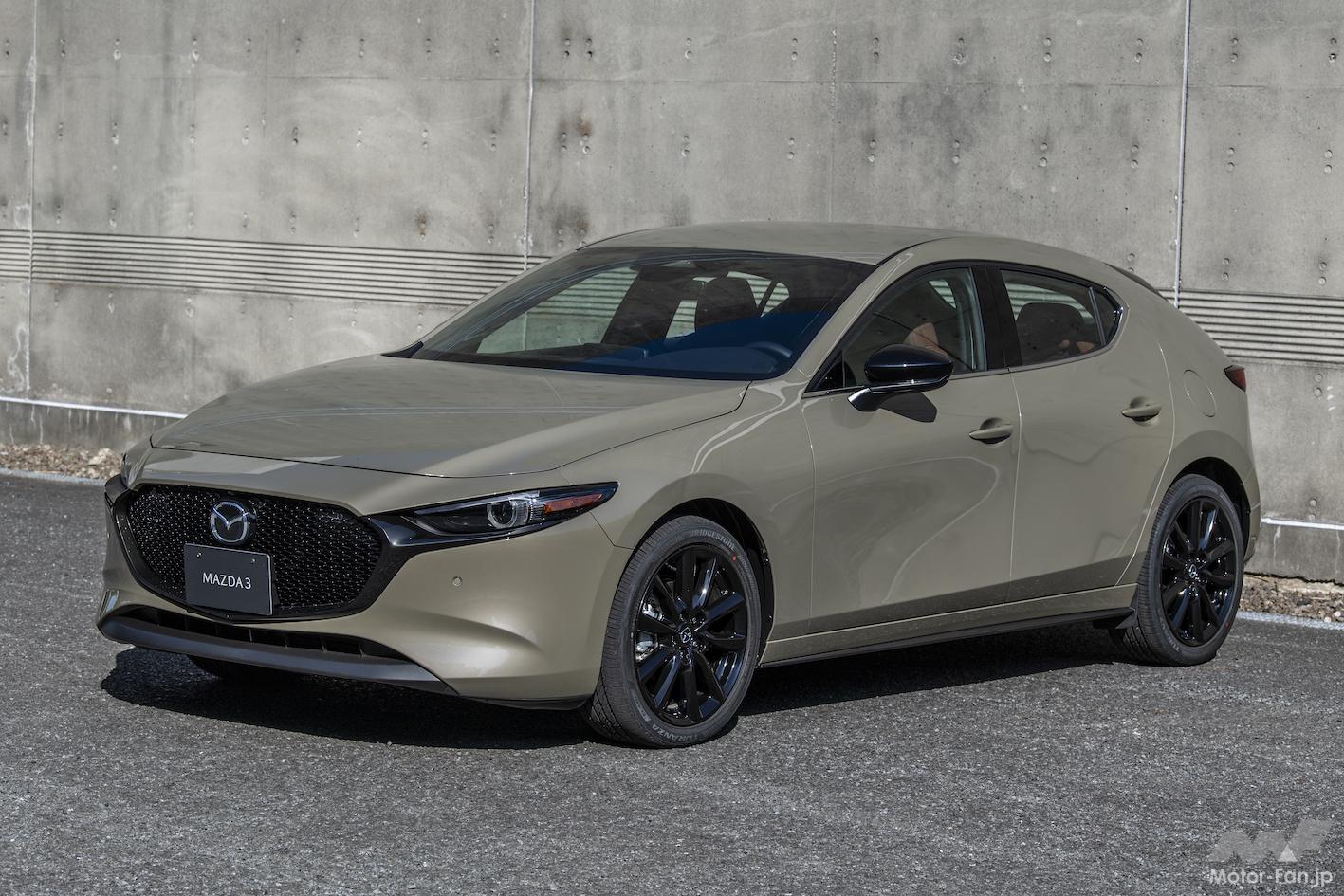When a car crosses the 100,000-mile mark, many owners start to worry about rising maintenance costs and diminishing value.
However, some vehicles continue to deliver excellent value even at high mileage, offering low cost per mile thanks to reliable components, accessible parts, and efficient design.
When it comes to long-term car ownership, the real cost of a vehicle isn’t just in the sticker price or monthly payments—it’s in what it takes to keep it running after the odometer rolls past 100,000 miles.
That’s where cost per mile becomes a true test of value. Some cars rack up repair bills and maintenance costs that make you question your life choices, while others keep plugging along with minimal fuss and expense.
In this article, we break down the 10 best cars that shine where it counts: low cost per mile after the 100K mark. Whether you’re looking to buy used or just want to know which vehicles offer the best long-haul value, these are the cars that prove reliability and efficiency still pay off—mile after mile.
1. Toyota Corolla
The Toyota Corolla has earned a reputation as a high-mileage champion. After 100,000 miles, it continues to offer incredibly low cost per mile.
Its bulletproof engine, straightforward mechanicals, and widespread availability of affordable parts make repairs inexpensive.
Most owners report regular oil changes, brake pad replacements, and minor suspension work well into 200,000 miles. Insurance and fuel costs also remain modest.
The Toyota Corolla is so common on the road that it’s almost a rite of passage—chances are you’ve either driven one yourself or know someone who has.
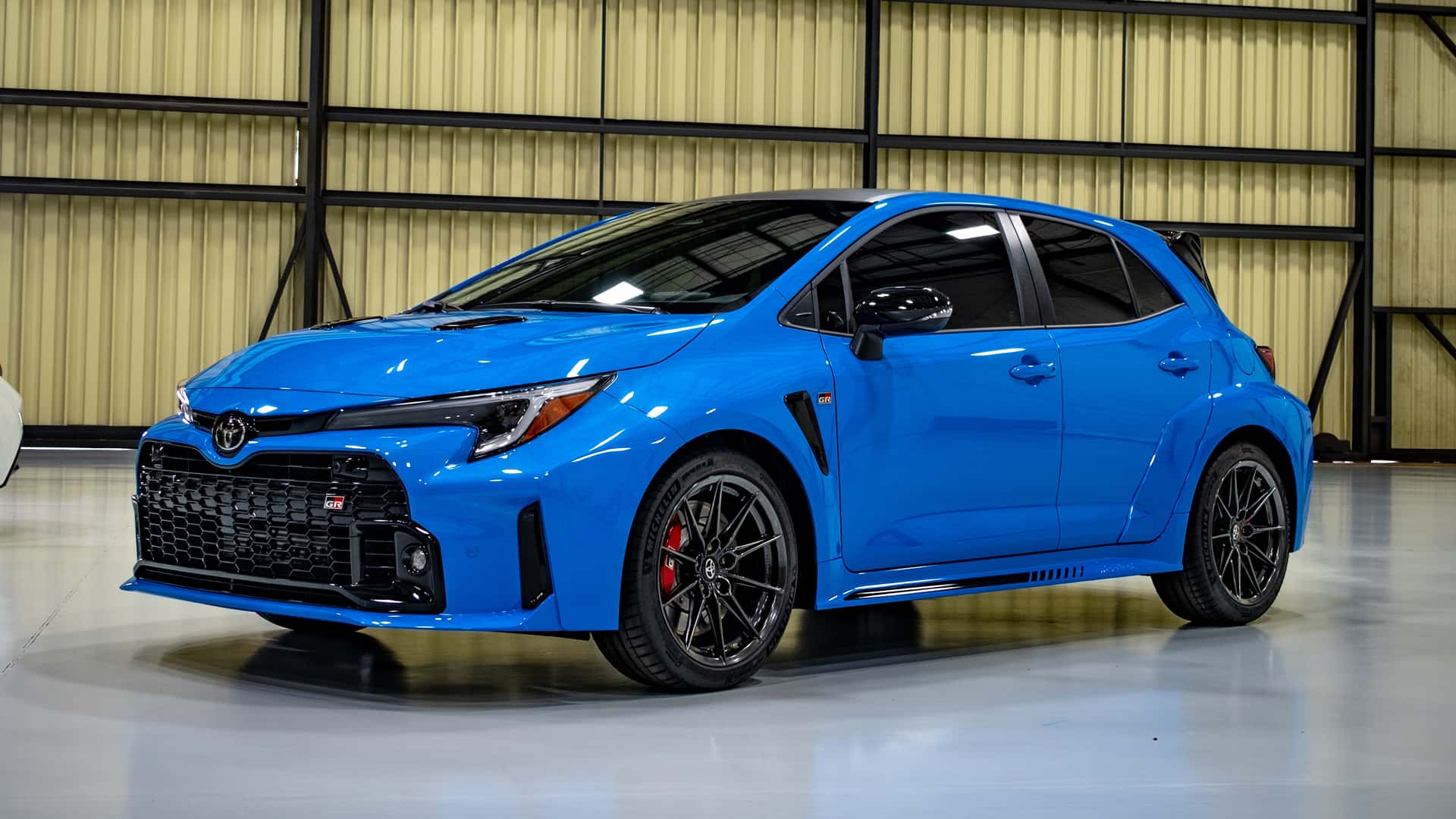
Spanning back to the early 1970s and now in its 12th generation, the Corolla has long stood as the benchmark for affordable, reliable, and no-nonsense transportation. It’s not flashy, and that’s entirely by design—that unassuming practicality is exactly what makes it appealing to so many drivers.
Cost-to-drive estimates for the 2025 Toyota Corolla LE 4dr Sedan (2.0L 4cyl CVT) and similar vehicles are calculated based on 15,000 miles driven annually, with a driving mix of 55% city and 45% highway. Fuel costs are estimated at $3.12 per gallon for regular unleaded in North Dakota.
The 2025 Corolla carries over mostly unchanged, but a redesign is definitely in the pipeline. When it arrives, you can expect refreshed styling, a revamped interior, and updated technology aimed at keeping the Corolla competitive in the increasingly crowded compact car segment.
Until then, Toyota has introduced something new: the 2025 FX Special Edition. Based on the SE trim, the FX Special Edition adds sporty touches like a rear spoiler, lowering springs, 18-inch black-painted alloy wheels, and blacked-out exterior accents.
Average Cost Per Mile After 100K: ~$0.20–$0.25
Also Read: 5 Sedans Whose Interiors Resist UV Fade and 5 Whose Dash Cracks
2. Honda Civic
Another compact powerhouse, the Honda Civic is known for its longevity and low operating costs. Whether you’re driving a 2008 or a 2015 model, post-100,000-mile Civics rarely demand major repairs.
The engine and transmission hold up well, and the parts are plentiful and inexpensive. Civics also retain decent fuel efficiency, which helps keep operating costs down.
The 2025 Honda Civic Si gets a visual refresh that brings it in line with the rest of the Civic family. Updates include redesigned front and rear ends, new taillights, and the addition of a new paint color called Urban Gray Pearl. Inside, heated front seats are now standard, along with a 10.2-inch digital gauge cluster.
The 9.0-inch infotainment system has been upgraded with software now running on a Google-based platform, offering access to more apps and better connectivity features. Honda also reports structural improvements to the Civic Si’s chassis and a retuned suspension. For 2025, summer tires return as an option and are available for $300.
The price of the 2025 Honda Civic Si starts at $31,400. This part is straightforward—since the Si is only sold as a single, fully equipped trim, the only real decision buyers face is whether to opt for all-season or summer tires. For those wanting better grip, the summer tires are the way to go.
If you’re curious how the 2025 Honda Civic Si stacks up against other options, the new comparison tool allows for a detailed, side-by-side look at up to five vehicles of your choice.
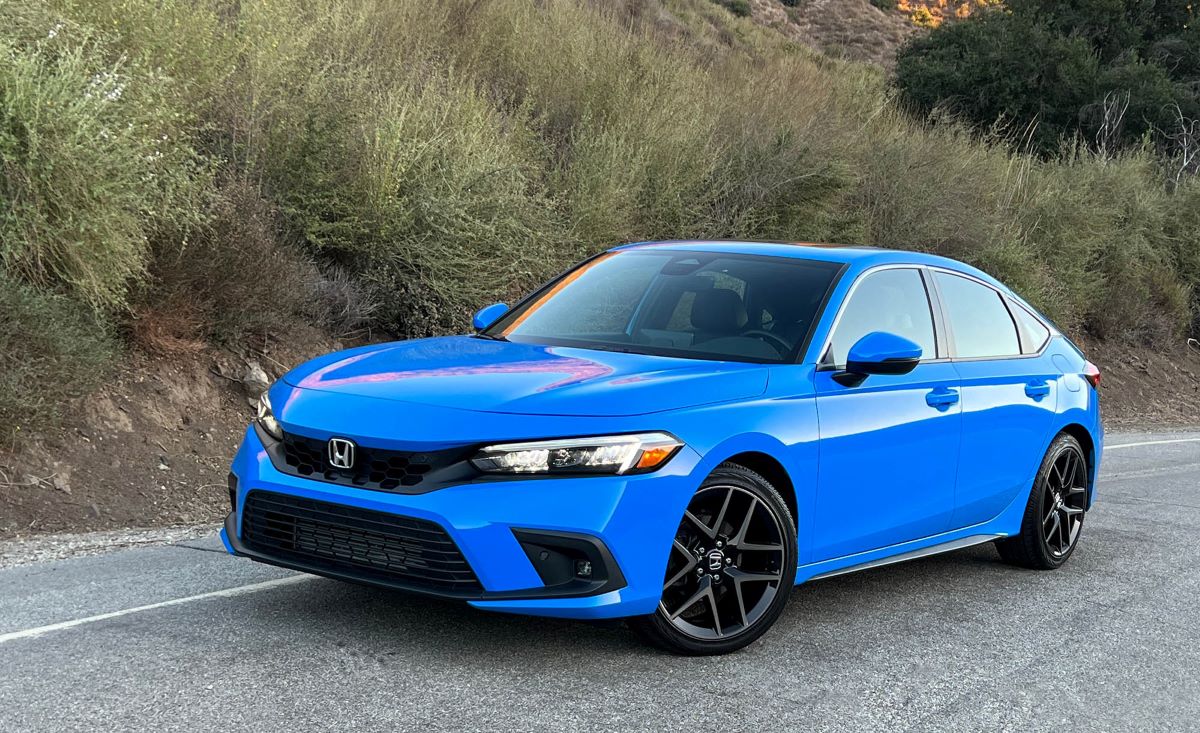
Under the hood, the Civic Si is powered by a turbocharged 1.5-liter four-cylinder engine delivering 200 horsepower and 192 pound-feet of torque. That power is routed to the front wheels via a six-speed manual transmission and a standard limited-slip differential.
No automatic transmission is currently offered. From behind the wheel, the 2025 Si drives very much like its predecessor, which is a good thing.
The engine can sound a bit rough when pushed hard, but turbo lag is minimal, and the short-throw manual gearbox remains one of the best in the segment. It now includes a rev-match feature for smoother downshifts, which can be turned on or off depending on your driving style.
Compared to the regular Civic, the Si benefits from larger brake rotors and a firmer suspension setup. While adaptive dampers are no longer part of the package, the fixed suspension still delivers a composed, confident ride that avoids feeling overly harsh.
Average Cost Per Mile After 100K: ~$0.22–$0.28
3. Toyota Camry
The Toyota Camry combines midsize comfort with long-term affordability. Even after the 100,000-mile mark, the Camry’s 2.5L or V6 engines can last another 100,000 miles with routine care.
The cost per mile remains low due to reliable components and modest repair needs. Many mechanics describe it as a “set it and forget it” car for its minimal issues.
The 2024 Toyota Camry delivers a strong overall performance for a family sedan. Its steering is precise, well-weighted, and predictable, which contributes to its ease of use as a daily commuter. While the Camry’s handling is composed and confident, it doesn’t aim for sportiness.
Where it truly shines is in ride comfort—the suspension does an excellent job smoothing out road imperfections, making long trips more comfortable for both the driver and passengers. Braking is another area where the Camry impresses, with a light, easily modulated pedal feel and consistently short, secure stops.
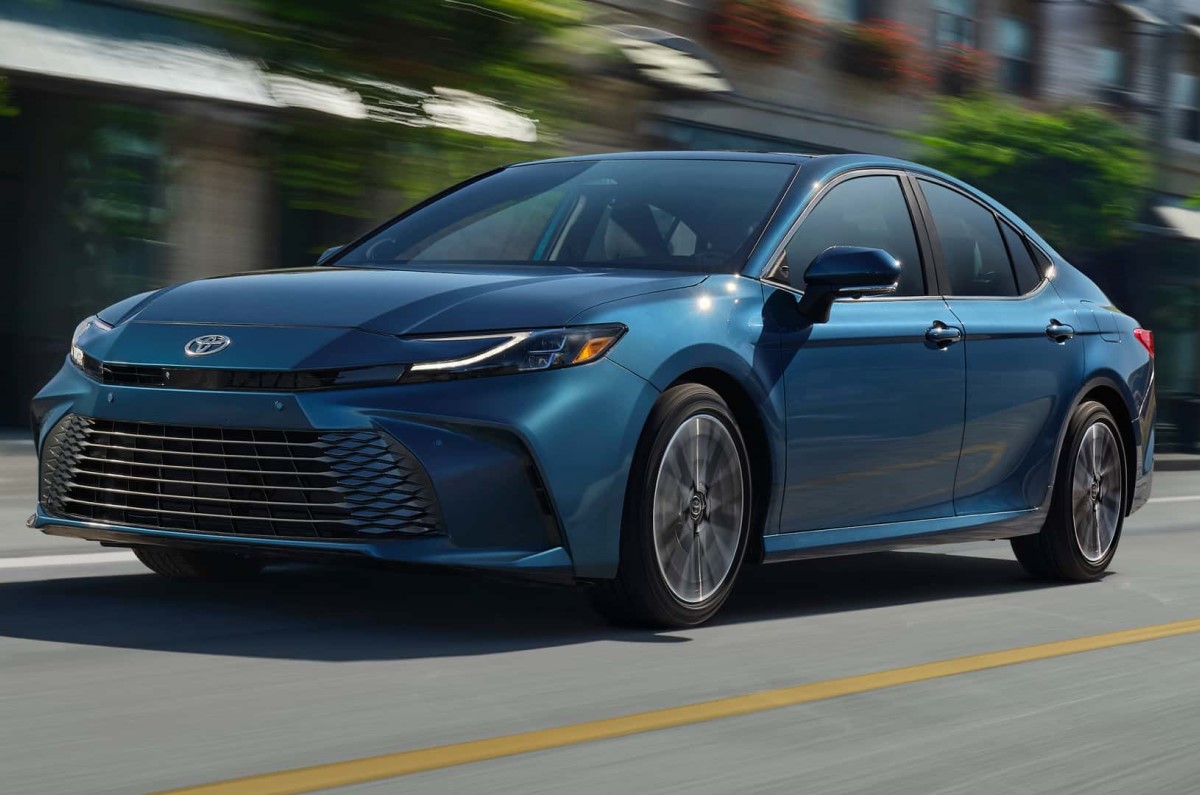
Buyers have two engine options to choose from. The standard setup features a 2.5-liter four-cylinder that produces 203 horsepower and 182 pound-feet of torque. Those looking for more power can upgrade to a 3.5-liter V6 that delivers 301 horsepower and 267 pound-feet of torque.
Both engines come mated to a smooth-shifting eight-speed automatic transmission and front-wheel drive, although all-wheel drive is available for every trim except the TRD. Each engine suits the Camry well for daily driving.
The base four-cylinder is not particularly quick but still gets the job done, moving the car off the line with ease and handling freeway merges and passes without issue. The engine can get a bit loud when pushed to higher RPMs, but that’s the most significant drawback.
The available V6, on the other hand, delivers a noticeable performance bump and injects the Camry with a hint of sporty character. No matter which engine you choose, the eight-speed automatic transmission provides smooth and responsive shifts, enhancing the overall driving experience.
Average Cost Per Mile After 100K: ~$0.25–$0.30
4. Honda Accord
The Accord is a midsize sedan that continues to shine in long-term value. Owners often hit 200,000 or even 300,000 miles with minimal mechanical surprises.
Its balance of performance, comfort, and low maintenance costs keeps the cost per mile impressively low, especially for a larger car.
Routine maintenance like timing belt changes and brake work is inexpensive and infrequent. The Accord Hybrid continues to uphold its reputation for excellent fuel economy, surpassing most of the few remaining rivals in the midsize hybrid sedan category.
Beyond efficiency, it also delivers a noticeable edge in acceleration compared to some competitors. However, while it feels energetic off the line, that initial surge of power doesn’t carry through as speeds climb, which keeps it from fully qualifying as “sporty.”
The power delivery is smooth and well-calibrated to match the Accord Hybrid’s composed handling and overall ride comfort. It navigates rough pavement effortlessly, maintaining a sense of poise. However, wind and road noise are more prominent than ideal, and some added sound insulation in the cabin would make a big difference.
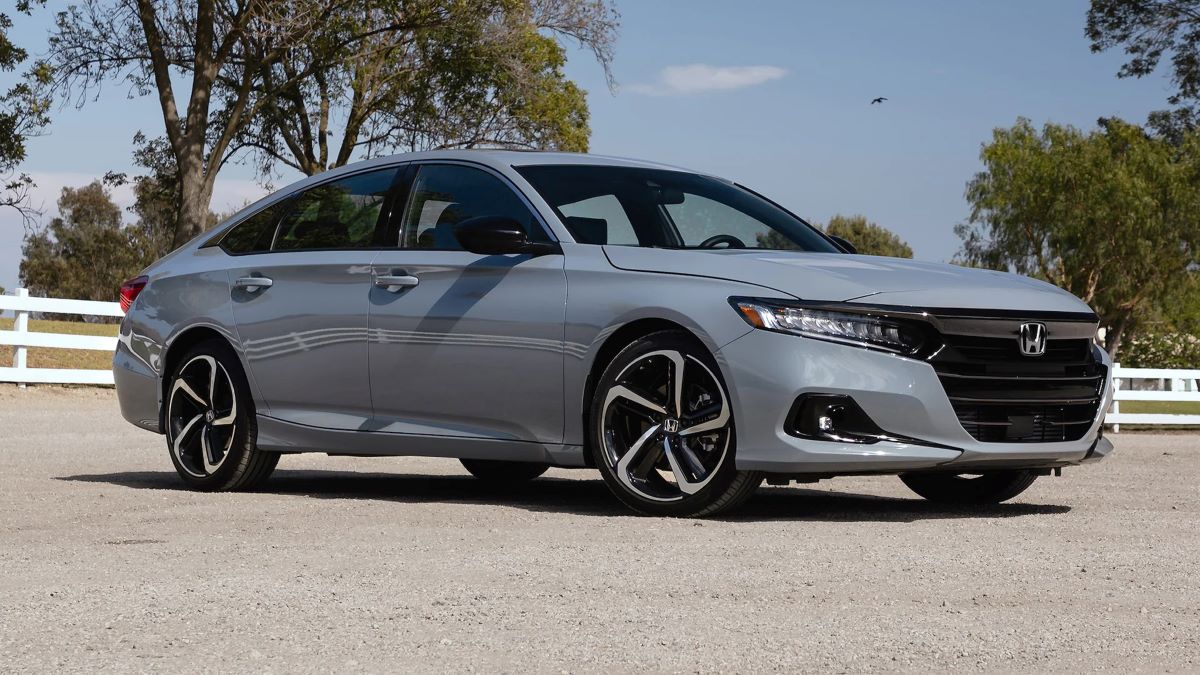
When compared to the outgoing model, the current Accord’s steering feels a bit less connected. On the upside, the braking performance remains predictable and easy to control, though the brake pedal itself could benefit from a firmer response.
Inside, the Accord Hybrid features one of the most refined interiors seen in the model’s recent history. The layout of the controls is user-friendly, and the 12.3-inch touchscreen makes for a striking and functional centerpiece.
Passenger space is generous throughout the cabin, although the sloping roofline compromises rear-seat headroom slightly. The trunk remains roomy and useful.
Despite these strengths, the current Accord doesn’t improve upon its predecessor in every way. It’s a bit slower, some desirable features are now exclusive to the top Touring trim—though that could change with the 2026 model—and the updated exterior styling may not be to everyone’s taste. Even so, the 2026 Accord Hybrid stands out as a well-balanced and compelling choice in the shrinking field of midsize hybrid sedans.
Average Cost Per Mile After 100K: ~$0.24–$0.31
Also Read: Top 10 Most Reliable Used Cars You Can Buy for Under $10,000 in 2025
5. Lexus ES 350
Although it’s a luxury vehicle, the Lexus ES 350 shares a platform with the Toyota Camry, which means it’s built for longevity and low operating costs.
After 100,000 miles, the ES 350 remains dependable and relatively affordable to maintain. Its refined V6 engine rarely experiences serious failures, and Toyota’s parts network keeps service costs in check.
The Lexus ES 350 is a midsize luxury sedan that has played a central role in the Lexus lineup since its introduction for the 2007 model year. However, the ES badge has a longer history, having been used by Lexus since 1990 to represent its midsize sedan offering—paired with various numerical suffixes that generally indicated the engine displacement.
The ES 350 marked a fully redesigned iteration of the ES series, featuring a refined 3.5-liter V6 engine. Since then, the ES 350 has undergone two more redesigns, each maintaining its core emphasis on subtle luxury and a smooth, comfortable ride.
In that capacity, the ES 350 shines. Its well-tuned suspension does an excellent job of absorbing road imperfections, while the seats provide ample support, making it a strong choice for extended drives. Inside, the cabin remains serene and well-insulated from road noise, with an impressive array of features even on the base model.
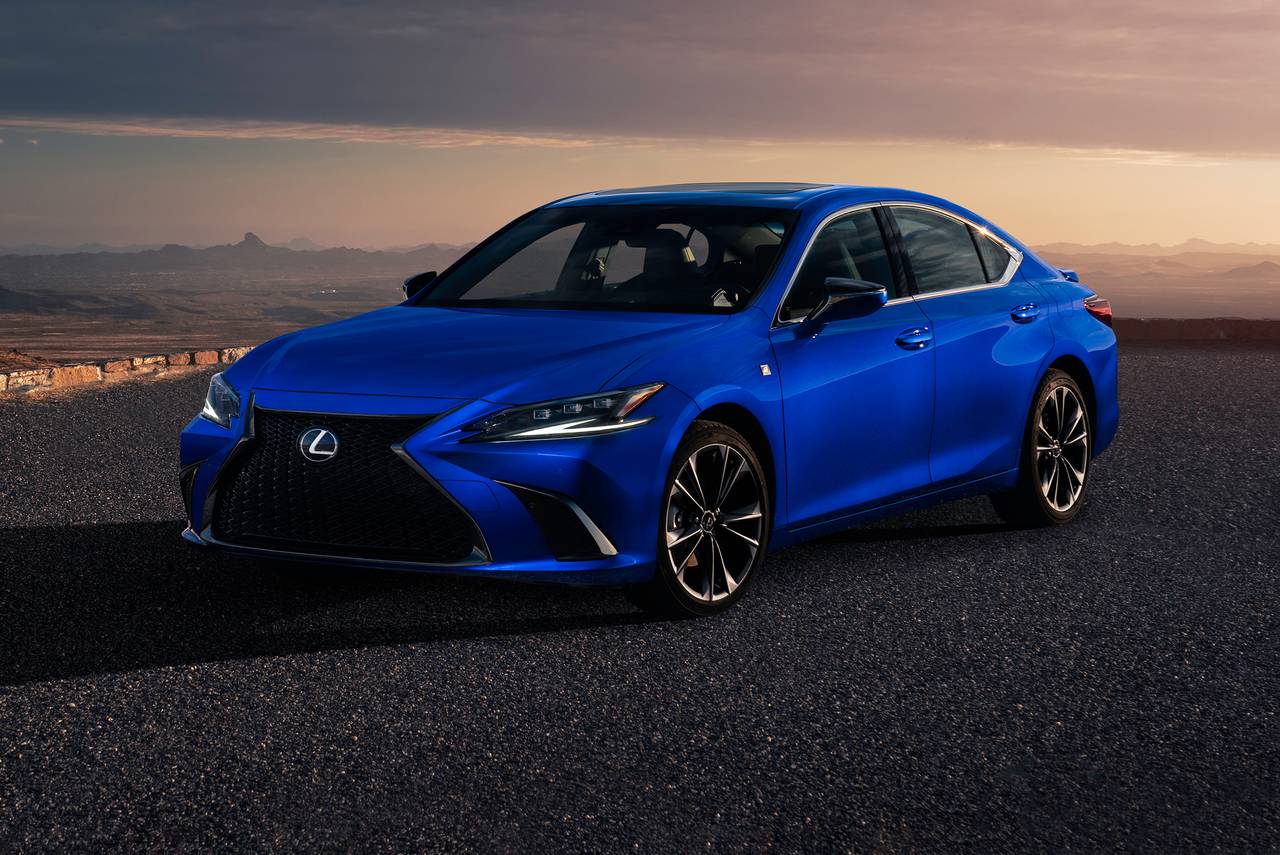
Performance-wise, the ES 350 isn’t aiming to deliver thrills—it’s not built for that. Instead, it focuses on smooth, refined power from its V6 engine, with gear shifts that are swift and nearly imperceptible. This is the kind of vehicle you ease into at the end of a long day, allowing it to melt away the outside world’s noise and stress.
For the 2023 model year, Lexus has finally retired its polarizing touchpad interface. While last year’s addition of a touchscreen had already made the touchpad feel outdated, it’s now been completely removed.
In its place, Lexus has revised the center console layout and added standard wireless Apple CarPlay and Android Auto for easier smartphone integration. Also new this year are two F Sport trims.
The F Sport Design replaces the former F Sport model, while the F Sport Handling takes over for what used to be the F Sport Dynamic Handling package—now with a few added enhancements.
The Lexus ES 350 goes up against rivals like the Mercedes-Benz C-Class, Audi A4, Volvo S60, and Acura TLX. While it doesn’t quite match those competitors in terms of driving dynamics—a role more suited to the rear-wheel-drive-based Lexus IS—it compensates with comfort and a rich list of luxury amenities. For a full breakdown, be sure to check out our Expert Rating.
Average Cost Per Mile After 100K: ~$0.27–$0.32
6. Mazda3
The Mazda3 combines sporty dynamics with reliable engineering. After 100,000 miles, it remains one of the most affordable compact cars to own.
Its SkyActiv engines are known for efficiency and durability, while parts availability keeps repair bills down. The only caveat is rust prevention in older models, especially in snowy climates.
The Mazda 3 receives thoughtful updates for 2024, enhancing a formula that has consistently impressed since its debut. No matter which engine or drivetrain configuration you choose, the Mazda 3 delivers adequate power and smooth performance.
While the fuel economy of the turbocharged model may not stack up favorably against some competitors, the availability of all-wheel drive and the model’s strong safety ratings help balance the equation. Its ride and handling are generally well-composed, though some competitors better absorb major suspension impacts.
Steering remains responsive, but even with the turbocharged engine, the Mazda 3 doesn’t quite capture the edgy performance spirit of the old Mazdaspeed variants. Still, across the board, the Mazda 3 remains an engaging and enjoyable car to drive.
Rear seat space continues to be a limitation, and many would welcome a larger second row—though that improvement may not arrive until a full generational redesign. For buyers prioritizing interior room or superior fuel efficiency, alternatives like the Honda Civic might be more appealing.
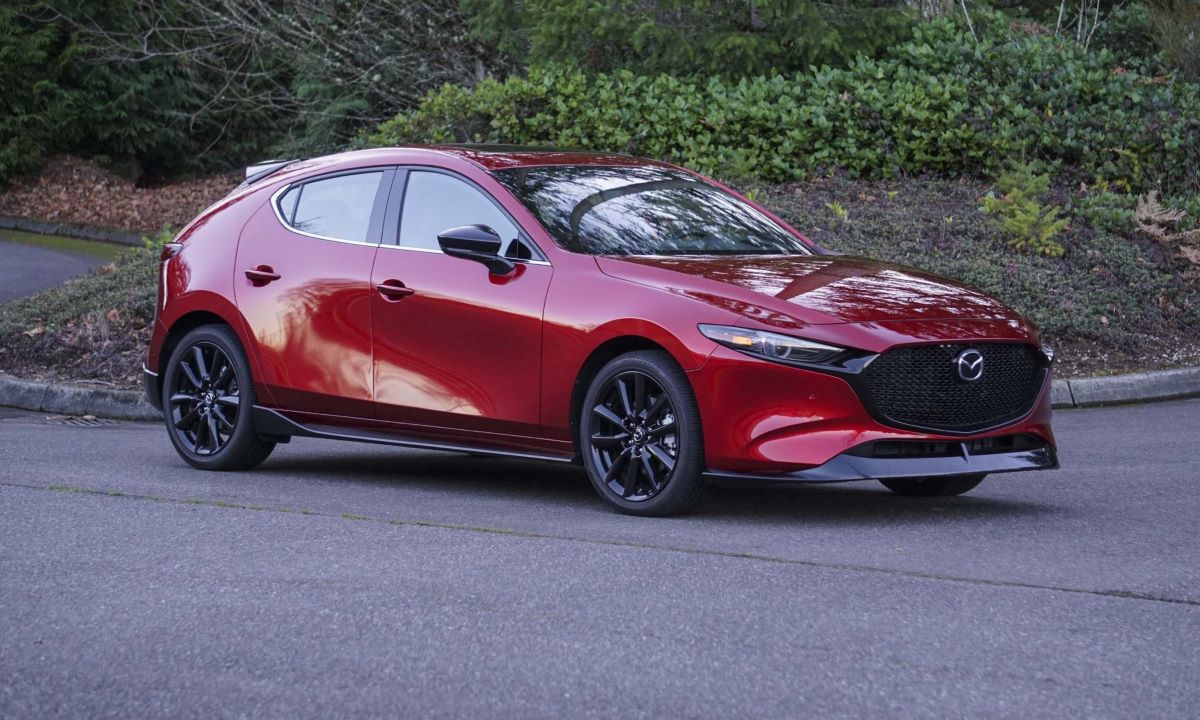
In terms of performance, the Mazda 3 offers two engine options. The standard 2.5-liter naturally aspirated engine generates 191 horsepower and 186 lb-ft of torque, and can be paired with either front-wheel or all-wheel drive. It comes mated to a six-speed automatic transmission, though buyers can opt for a six-speed manual on the front-wheel-drive hatchback version.
Higher trims come with a more robust 2.5-liter turbocharged engine, which produces 250 horsepower and 320 lb-ft of torque when using 93 octane premium fuel, or 227 horsepower and 310 lb-ft with regular 87 octane.
These models are exclusively equipped with all-wheel drive and a six-speed automatic. In performance testing, a turbocharged Mazda 3 hatchback sprinted from 0 to 60 mph in just 5.9 seconds.
The 2024 Mazda 3 also comes well-equipped with safety features, even at the base level. Standard equipment includes automatic emergency braking, lane departure warning, lane keeping assist, automatic high-beams, driver attention alert, and adaptive cruise control with stop-and-go capability. Other included features are blind-spot monitoring, rear cross-traffic alert, and a rear door alert. A 360-degree camera system is also available.
Technology offerings remain competitive. The base model comes with an 8.8-inch infotainment display operated via a rotary controller. Turbocharged models now get a new 10.3-inch screen, which introduces touchscreen functionality when using Apple CarPlay or Android Auto. These models also support wireless smartphone connectivity and come with wireless phone charging.
Average Cost Per Mile After 100K: ~$0.23–$0.29
7. Hyundai Elantra
The Hyundai Elantra may not have always been known for reliability, but recent models (2012 and newer) have proven to be long-lasting with proper care.
After 100,000 miles, the cost per mile stays low thanks to simple construction, long warranties, and accessible service. While it’s not as bulletproof as a Corolla or Civic, the Elantra holds its own in the value department.
Compact sedans like the 2024 Hyundai Elantra are often seen as practical choices for first-time buyers—affordable, fuel-efficient, and easy to maneuver in tight spaces.
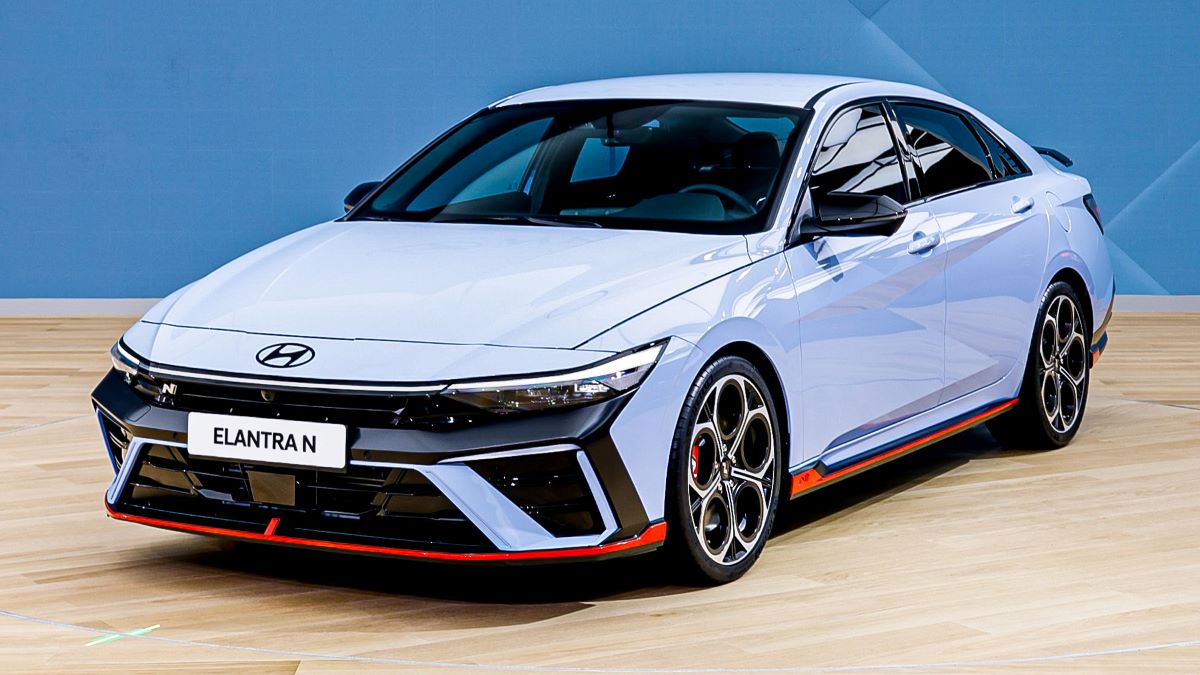
But the Elantra stands out by adding an extra dose of style and exceptional value to the equation. Its eye-catching exterior design commands attention, yet it doesn’t abandon the core traits expected from a compact car. Inside, the Elantra offers a surprisingly roomy cabin for its size, and the available hybrid powertrain enhances its reputation as a fuel miser.
The standard engine, a 2.0-liter four-cylinder, lacks excitement, but the N-Line variant spices things up with a turbocharged 1.6-liter engine that delivers noticeably more enthusiasm. Still, even with the turbo, none of the Elantra’s configurations are likely to get your adrenaline pumping.
When it comes to handling, it falls short of sportier competitors like the Honda Civic and Mazda 3, which both feature more precise steering and a livelier, more engaging ride. For those seeking serious performance, the Elantra N model (covered separately) offers a much more thrilling experience—though it comes with a significantly higher price tag.
For 2024, the Elantra receives a freshened look, with a more sharply defined front end, redesigned exterior lighting, and new wheel options. Hyundai has also expanded the color palette, adding bold hues like Exotic Green and Ultimate Red. On the safety front, all Elantra models now come standard with rear side-impact airbags and a rear-seat seatbelt reminder.
Lane-keeping assist, blind-spot monitoring, and rear cross-traffic alert remain standard but now include haptic feedback via pulses in the steering wheel to alert the driver more effectively. Pricing for the 2024 Hyundai Elantra starts at $22,775 and climbs to $30,600 depending on the trim level and selected options.
Average Cost Per Mile After 100K: ~$0.24–$0.30
8. Subaru Outback
For those needing all-wheel drive and cargo space, the Subaru Outback delivers long-term reliability with reasonable operating costs.
Models with the 2.5L naturally aspirated engine are more reliable and affordable to maintain than their turbocharged counterparts.
Once the head gasket and timing belt issues (common in older models) are resolved, the car is very cost-efficient.
The Subaru Outback has long stood as a bit of an outlier in the automotive world. As a raised wagon, it’s one of the few vehicles of its kind offered by a mainstream automaker. While other brands have attempted to replicate Subaru’s unique formula, few have found comparable success.
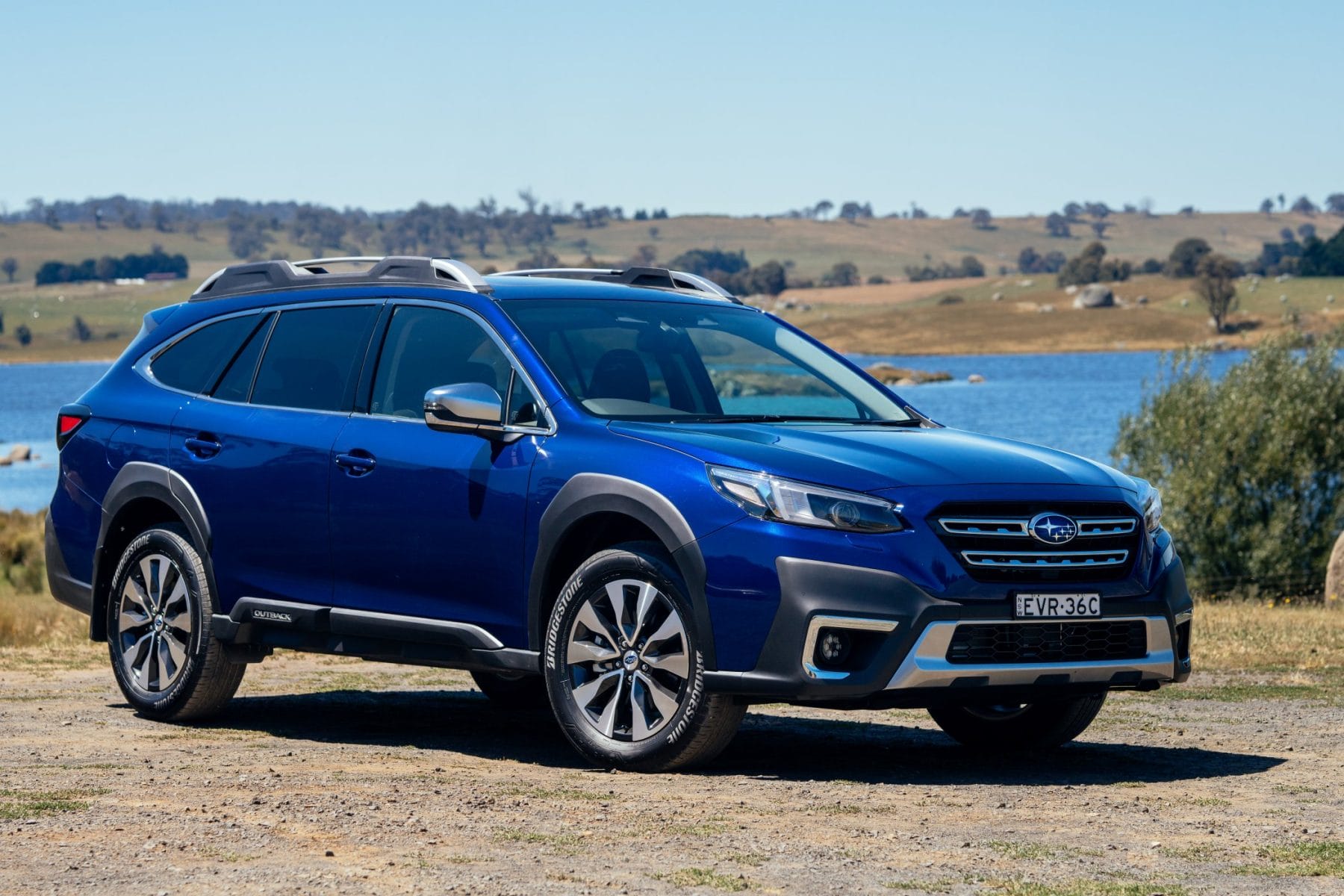
For this year, however, the Outback receives a significant redesign, shedding some of its traditional wagon-like silhouette in favor of a body that leans more toward SUV styling. Buyers have a choice between two engines, one of which is a robust 260-horsepower turbocharged four-cylinder.
While we haven’t tested the updated model yet, those seeking additional off-road capability can turn to the Outback Wilderness. This variant brings increased ground clearance, added body cladding for extra protection, and an upgraded version of Subaru’s X-Mode system tailored for more demanding terrain.
Average Cost Per Mile After 100K: ~$0.28–$0.35
9. Ford Fusion (2.5L I4)
While American sedans have struggled with long-term dependability, the Ford Fusion with the 2.5L inline-4 engine is an exception.
This version avoids the turbocharger complexity and offers durable mechanics.
After 100,000 miles, it continues to offer low cost per mile, provided it receives consistent maintenance. It’s also one of the more comfortable and spacious options on this list.
The Duratec 25, also referred to as the Mazda L engine, is a 2.5-liter naturally aspirated four-cylinder developed by Ford Motor Company and used in a range of midsize cars, cargo vans, and sport utility vehicles (SUVs).
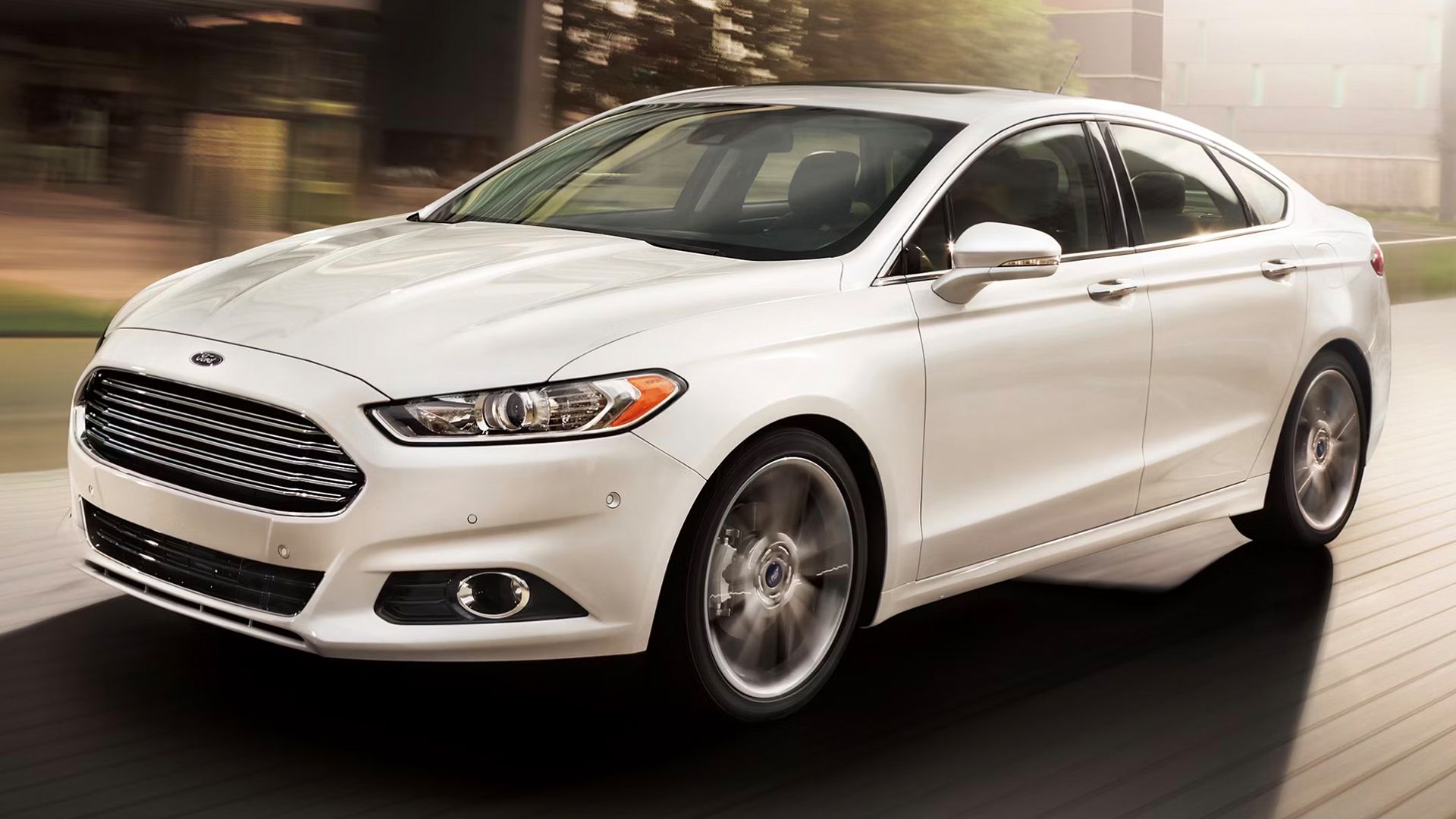
It features a dual overhead camshaft (DOHC) setup in an inline configuration and has been part of the Ford Duratec engine family since 2008, though it was first introduced to the North American market in 2009.
Co-developed with Mazda during a period of Ford’s ownership, the engine falls under Mazda’s MZR family, which accounts for its widespread use across multiple vehicle platforms from both automakers.
Over time, the engine has undergone several updates and adaptations to meet different performance and efficiency goals. These include technologies such as the Atkinson cycle, hybrid system integration, and adaptive knock control—all aimed at enhancing fuel economy and drivability.
Average Cost Per Mile After 100K: ~$0.26–$0.33
10. Toyota Prius
Hybrids typically come with higher repair anxiety, but the Toyota Prius breaks that stereotype. Known for exceptional longevity, the Prius routinely goes well beyond 200,000 miles.
Its hybrid battery is known to last, and replacement costs have come down significantly. Maintenance is minimal, and fuel savings contribute to an extremely low cost per mile.
Avoiding high fuel costs has always made sense, but it hasn’t always looked good. The redesigned Toyota Prius for 2024 aims to change that perception with a more stylish design and improved driving dynamics. The standard Prius comes with front-wheel drive and produces 194 horsepower, while the all-wheel-drive version offers a slight boost to 196 horsepower.
For those wanting even more power, the 220-hp Prius Prime plug-in hybrid is also available, though it’s reviewed separately. For the first time, the Prius manages to be both attractive and genuinely enjoyable to drive, all while maintaining its hallmark fuel efficiency, with an EPA-estimated 56 mpg on the highway.
It’s a significant step ahead of competitors like the Hyundai Elantra Hybrid and Toyota’s own Corolla Hybrid, with a hybrid version of the Honda Civic expected to follow.
True to its reputation, the Prius continues to deliver excellent fuel economy along with a strong set of standard safety and tech features. Even base models are well-equipped, featuring 17-inch wheels, blind-spot monitoring with rear cross-traffic alert, and a competitive starting price.
For shoppers comparing multiple vehicles, Toyota now offers a tool that lets you compare up to five cars side by side, making it easier to evaluate the Prius against rivals.
Under the hood, every Prius is powered by a single hybrid powertrain that delivers 194 horsepower through a 2.0-liter inline-four engine borrowed from the Corolla Cross Hybrid.
This is paired with a continuously variable automatic transmission and front-wheel drive. Choosing all-wheel drive adds a high-output permanent magnet electric motor to the rear axle, boosting the total output to 196 horsepower.
Performance has seen a dramatic improvement—during testing, a front-wheel-drive Limited model sprinted from 0 to 60 mph in just 7.1 seconds, far quicker than the previous model’s 10.5-second time and quicker than competitors like the Camry Hybrid and Elantra Hybrid. Larger brakes help the Prius stop more efficiently too, cutting the 70–0 mph distance from 194 feet to 171 feet.
Fuel economy also improves for 2024. The EPA rates the front-wheel-drive Prius at 57 mpg in the city and 56 mpg on the highway, representing gains of 4 and 6 mpg over the previous generation.
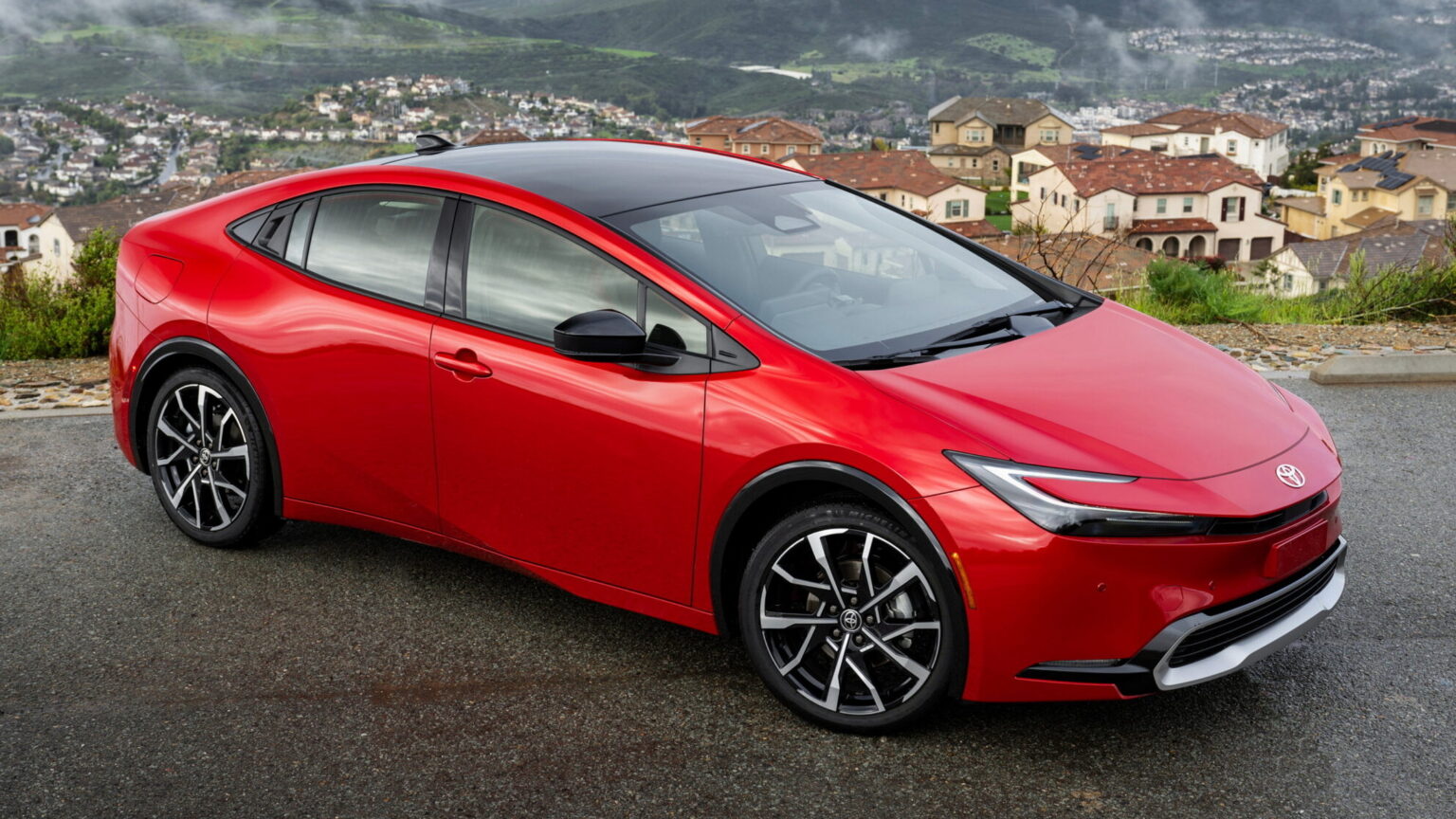
The all-wheel-drive LE sees the biggest jump, increasing from 49 to 54 mpg combined. In real-world testing, the Prius returned 49 mpg on a 75-mph highway loop. For more details, the EPA’s website provides complete fuel economy information.
Inside, the fifth-generation Prius presents a sleek, modern exterior while keeping the cabin layout more traditional. For the first time, a digital gauge cluster sits directly behind the steering wheel, although viewing it clearly often requires adjusting the wheel lower than usual.
The redesigned body also lowers the roofline by 2.0 inches, slightly reducing rear headroom. Base models include a faux-leather steering wheel, while higher trims like the XLE and Limited add heated front seats, extra cup holders for rear passengers, and rear seat heaters.
Infotainment gets a notable upgrade. LE and XLE trims come standard with an 8.0-inch touchscreen, while the Limited—and optionally the XLE—features a large 12.3-inch screen. This system includes voice control via “Hey Toyota” and benefits from over-the-air software updates. It also supports wireless Apple CarPlay and Android Auto, with available Wi-Fi functionality for added connectivity.
Safety remains a strong suit for the Prius. It includes features that many competitors reserve for higher trims, such as automated emergency braking with pedestrian detection, automatic high-beams, and lane-departure warning with lane-keeping assist.
Full crash-test results can be found on the National Highway Traffic Safety Administration (NHTSA) and Insurance Institute for Highway Safety (IIHS) websites.
In terms of warranty, Toyota matches competitors in basic and powertrain coverage but goes a step further with its hybrid component warranty and complimentary maintenance plan.
The limited warranty covers three years or 36,000 miles, the powertrain is covered for five years or 60,000 miles, and hybrid components are backed for ten years or 150,000 miles. Additionally, Toyota includes two years or 25,000 miles of complimentary scheduled maintenance.
Altogether, the 2024 Prius continues to build on its legacy as a fuel-efficient hybrid—but now, it adds style, real driving enjoyment, and cutting-edge technology to its list of strengths.
Average Cost Per Mile After 100K: ~$0.18–$0.24
Not all cars are built to thrive past 100,000 miles, but these ten have proven they can go the distance without draining your wallet.
Whether you’re looking for a no-fuss commuter or a dependable family sedan, these models offer strong long-term value and a low cost per mile that continues well into six-figure mileage territory.
Investing in one of these can mean more driving and fewer repair bills.

